Chevrolet Monte Carlo SS Review
There's something slightly odd about testing a car called an "SS". While petrolheads may know that Chevrolet uses the letters to indicate a "Super Sports" derivative, it's hard not to wonder how many SS models are bought by German-speaking Argentineans. Anyway, just in case I wanted to maintain a low profile whilst driving a Chevrolet Monte Carlo SS past my local synagogue, GM kindly delivered a press car painted in "Competition Yellow".
No matter. Even in kindergarten-friendly hues, the SS' shape lacks charisma. It's best viewed from the side, where cleverly-placed swage lines accentuate balanced proportions. From the front, nothing. The rear transports us to the 70's, when safety legislation triggered a plague of bulbous bumper grafts. Overall, Monte's anodyne design projects less visual aggression than a tuned Honda – never mind its hairy-chested ancestors.
The SS' interior offers a more direct link to the past; a time when rotary knobs and plastic sliders controlled all ergonomic functions. Actually, knobs and sliders are an excellent way to tweak graduated systems at speed. It's just that Monte's switchgear is fashioned from black, pre-disco plastic; a substance so nasty even vinyl would be a welcome upgrade. The test car's cabin had all the gizmology of a modern car – XM radio, On Star, power this and that – with none of the soft touch sensuality, backlit fun or technological flair of its Japanese rivals.
What the SS does have is "lebensraum" (living space). Unlike the competition, Monte is a full-sized coupe for full-sized drivers and two of their full-sized American friends. The seats may provide the same lateral support as a museum bench, but they're comfortable enough for all but the extremely obese or chronically tall. Maybe that's why the steering wheel wouldn't seem out of place in a bus. On the positive side, the elbow friendly dimensions yield an important safety benefit: a five-star front impact rating.
Ah, but who cares about such sensible concerns as life or death when you've got a bad ass V8 rumbling in the engine bay? If only. The Monte Carlo SS is powered by a 3.8 litre supercharged V6. The Series II (L65) power plant is mechanical sacrilege. Lest we forget, the original SS, the 1961 Chevrolet Impala SS, sported a 409 cubic inch V8. It was so powerful (360hp) that its capacity was immortalized by The Beach Boys in their hit song "409".
GM's decision to give the Monte Carlo SS a 231 cubic inch V6 is even more baffling when you consider the V8-powered monsters wearing the Monte Carlo badge currently competing for NASCAR glory. I mean, the late, great Dale Earnhardt drove a Monte Carlo! Surely, there was a suitably compact engine somewhere in the secret store room of GM's Performance Division… Mind you, Monte's super six is a feisty little thing. Roust the car's lag-free supercharger and the engine generates more than merely adequate peak power: 240hp at 5200rpm. Better still, there's plenty of torque underfoot: 280 lb-ft at 2600rpms. No matter where you happen to be in the power band when you plant your foot in the carpet, the car's cast iron lump responds to the slightest throttle input with immediate urge.
It's too bad the Monte Carlo SS can't take full advantage of its horses. Floor it and you'll instantly understand why traditional muscle cars steer with one set of wheels and propel with the other. The front wheel drive – yes, front – Monte Carlo SS responds to any serious command from the engine room by spinning its front wheels. Even with the traction control engaged, speed freaks will find the resulting lack of directional control and forward progress most annoying.
That said, once you identify the outer edge of the thrust – adhesion equation (taking account of loose rocks, greasy surfaces and/or moisture) you can drive Monte at what you Brits call "a fair old whack". The car's chassis, Goodyear tyres and four-corner independent suspension are a marvel. The set-up effortlessly cushions surface imperfections while delivering superb body control. Once underway, the power-assisted brakes are mushy but effective. The power-assisted rack and pinion steering is equally numb, equally effective. All things considered, a good driver could exploit Monte's "easy does it" power curve to maintain sufficient momentum and attain some significant speed. But who could be bothered? You'd be driving fast in spite of Monte's character, not because of it.
Bottom line: the Chevrolet Monte Carlo SS is no sports car. Two-hundred and forty horses says it ain't no muscle car neither. Still, thanks to its user-friendly handling, Monte does have a purpose. Provided you don't mind driving a machine with a rental car quality interior, the Monte is an ideal relaxed cruiser. Bumble along with a few mates, save the extra power for overtaking maneuvers, and you will not be disappointed. Until, that is, GM releases the rear-wheel-drive, 350hp Pontiac GTO … aka the Holden Monaro.
More by Robert Farago
Latest Car Reviews
Read moreLatest Product Reviews
Read moreRecent Comments
- AZFelix The last time I missed the Malibu was when one swerved into my lane and I had to brake hard to avoid a collision. 1 out of 5⭐️. Do not recommend.
- 2ACL I won't miss it; it was decent at launch, but in addition to the bad packaging, GM did little to keep it relevant in the segment. I'd prefer that another domestic automaker doesn't just give up on the mainstream sedan, but unlike some of Ford's swan songs, the Malibu made an indifferent case for why they should live.
- ToolGuy TG grows weary of purchasing gasoline. I don't care so much how or why, I am just tired of it. I still buy petroleum products, not 'boycotting oil,' but backing away from gasoline where I can. Sample size = 1.
- Probert Maybe it's not too late for the Dodge Neon I've always dreamed of!!! To the keyboard Robin!
- Akear The malibu still outsells all GM EVs combinedMalibu -150,000GM EV's - 75,000Maybe this represents how execrable GM EVs really are. Barra should have resigned years ago,



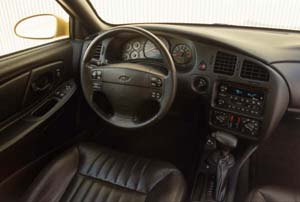
















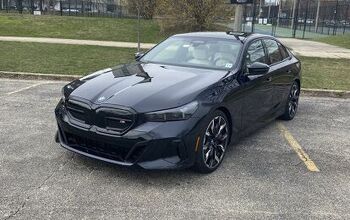
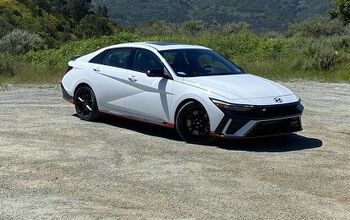
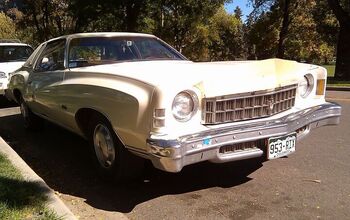
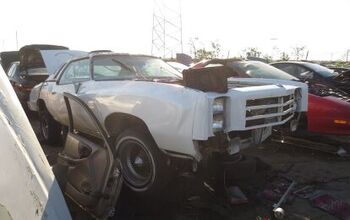
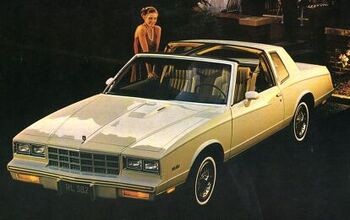
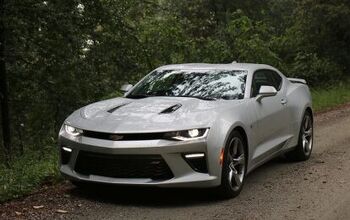
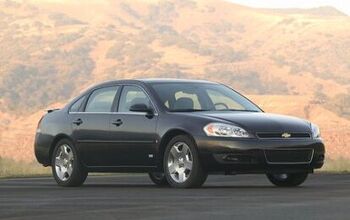
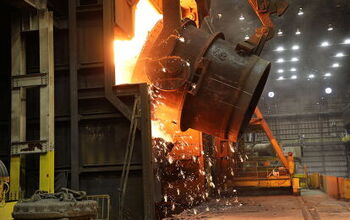

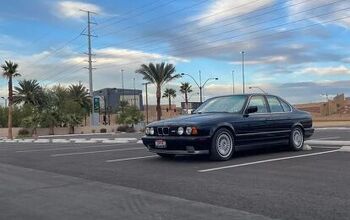
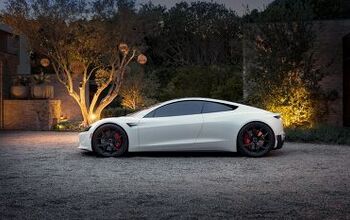
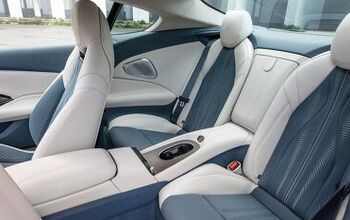


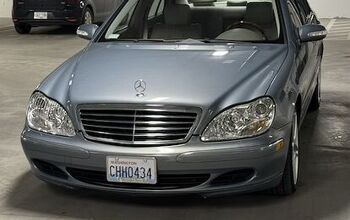
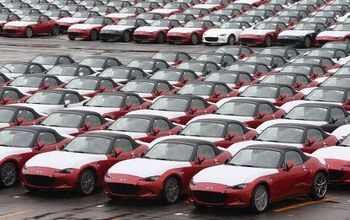

Comments
Join the conversation
The point of the review, though, is that no matter the age this car is a substandard turd. Hey, some of us gay Americans despise this car, too!
The review is spot on. There is nothing spectacular about this car other than the fact that it is surprisingly lackluster in every way. Who the hell buys Monte Carlos anyway, other than low income Nascar fans that think they are still hip and ghetto thugs, neither of which know sh*t from Shinola about cars. Besides how out of date is the 3800 anyway? Lol. I can't believe I came across this review. It's no wonder that American cars were the joke of the industry for YEARS.